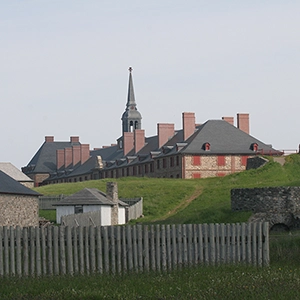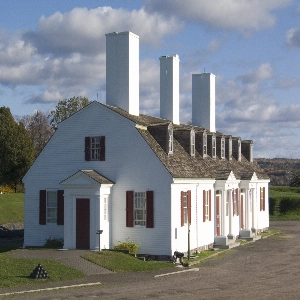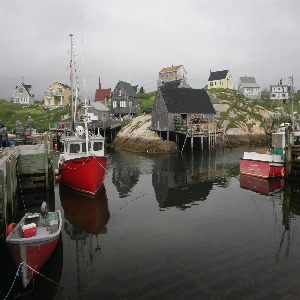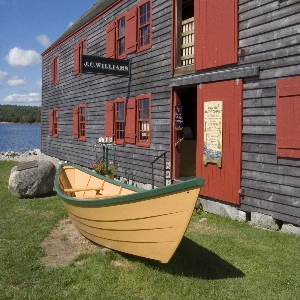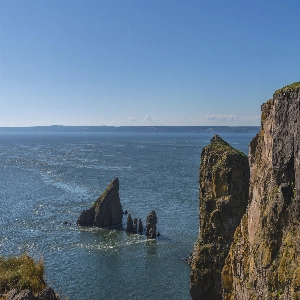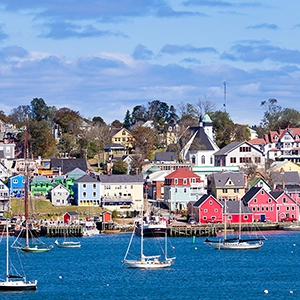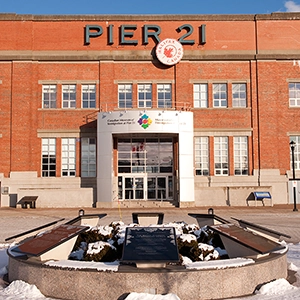Explore The Charm Of Halifax Harbour: A Gem In Canada's Maritime Landscape
Introduction to Halifax Harbour
Halifax Harbour is a large and historically significant natural harbour on the Atlantic coast of Canada, located in the province of Nova Scotia. It serves as the port city for the Halifax Regional Municipality and has played a crucial role in Canada’s development, trade, and maritime history. With a strategic location and deep, ice-free waters, the Harbour has long attracted international interest and has been the site of numerous major events throughout history. Today, Halifax Harbour remains an important economic hub and a centerpiece of the local community, featuring stunning views, recreational opportunities, and ongoing development.
Early History and European Settlement
Halifax Harbour has been inhabited for thousands of years, with the Mi’kmaq people living in the area long before the arrival of Europeans. They called the Harbour Jipugtug (“the great harbour”), and it served as an important location for their fishing and gathering activities. The first European known to explore Halifax Harbour was Portuguese explorer João Álvares Fagundes in 1520, although it wasn’t until Samuel de Champlain’s voyage in 1604 to reconnoiter the land that the information reached the rest of the world.
Permanent European settlement began in the early 18th century when the British founded Halifax in 1749, kickstarting an era of rapid development for the area. Governor Edward Cornwallis and approximately 2,500 settlers founded Halifax as a military outpost and counterbalance to the French stronghold in Louisbourg. This military focus continued throughout the 18th and 19th centuries, with the construction of the Halifax Citadel, numerous forts, and the establishment of the British Royal Navy's North American station at the Halifax Dockyard.
Explosion and Reconstruction
Amid the bustling dockyard activity, the Halifax Harbour bore witness to a disastrous event that would define the city's future. On December 6, 1917, the SS Mont-Blanc, a French cargo ship carrying wartime explosives and the Norwegian steamship M/S Imo, collided in the narrowest part of the Halifax Harbour. The explosion that resulted from the collision was the largest non-nuclear blast in human history, killing approximately 2,000 people, injuring 9,000, and leaving large portions of the city in ruins.
Halifax embarked on a massive and comprehensive reconstruction and planning effort following the explosion, focusing on rebuilding infrastructure and homes in the devastated areas. The recovery project led to the city's unique architectural style and the construction of the Hydrostone district, which stands as a testament to the city’s resilience in the face of tragedy.
Role in World Conflicts
Throughout the 19th and 20th centuries, the strategic importance of Halifax Harbour placed it at the center of various global conflicts, offering shelter and a base for naval operations. During the American Revolution, it served as a launching point for British naval attacks on American ports. Later, during both World War I and World War II, the Halifax Harbour became an essential convoy assembly point and naval facility, contributing to the city becoming one of the most fortified locations in Canada.
The harbour's ongoing development played a key role in supporting the Allied naval efforts, and during World War II, its importance was only magnified with the construction of the Bedford Magazine and the Bedford Institute of Oceanography. After the Second World War, the Royal Canadian Navy took over the role of maintaining and operating the harbour, which it continues to do today.
Halifax Harbour Today
Although its military prominence has diminished, Halifax Harbour remains an economic powerhouse, functioning as a key industrial and trade hub on the east coast of Canada. The Port of Halifax, one of the largest and deepest natural harbors in the world, handles the export of $4.2 billion worth of goods annually and contributes to over 12,000 jobs in the local economy. The harbor also plays an integral role in Atlantic Canada's expanding offshore oil and gas industry.
In recent years, the Halifax Harbour has also become an increasingly popular destination for cruise ships, attracting around 200,000 passengers annually. The Harbour's strategic location, deep waters, and ample docking facilities make it an ideal stopover for ships cruising the Atlantic, and many passengers enjoy the close proximity to Halifax's vibrant downtown area.
Attractions and Recreation around Halifax Harbour
The Harbour is not only significant for its economic and historic contributions - it is also a focal point for attractions and recreation in the city of Halifax. The scenic and bustling waterfront is a popular destination for both locals and tourists alike, with numerous parks, shops, restaurants, and cultural attractions within easy reach.
One of the harbor's most prominent attractions is the Canadian Museum of Immigration at Pier 21, which sits on the historic site where over a million immigrants entered Canada between 1928 and 1971. Several other museums and historic sites, such as the Maritime Museum of the Atlantic and the Halifax Citadel National Historic Site, offer visitors insights into the rich history of the city and its association with the sea.
Outdoor enthusiasts can take advantage of walking and biking paths along the Halifax waterfront or participate in Harbour hopping adventures to explore the hidden gems and natural beauty of the surrounding islands. Various boat tours, sailing excursions, and water sports activities provide an up-close and personal experience with the iconic Halifax Harbour.
In conclusion, Halifax Harbour is an essential part of Canada's maritime history, a bustling economic hub, and a vibrant center of cultural and recreational pursuits. The harbor's storied past, magnificent waterfront, and ongoing development make it an important and must-visit destination for anyone exploring the Atlantic coast of Canada.
